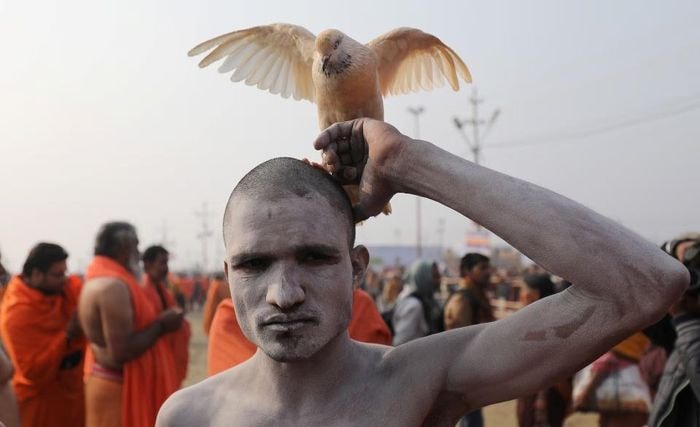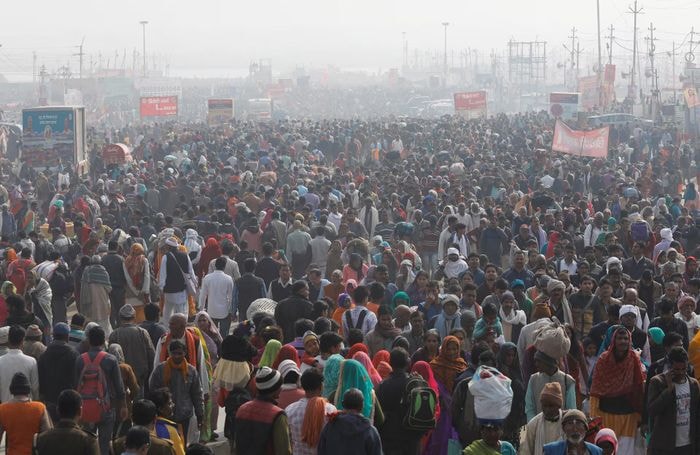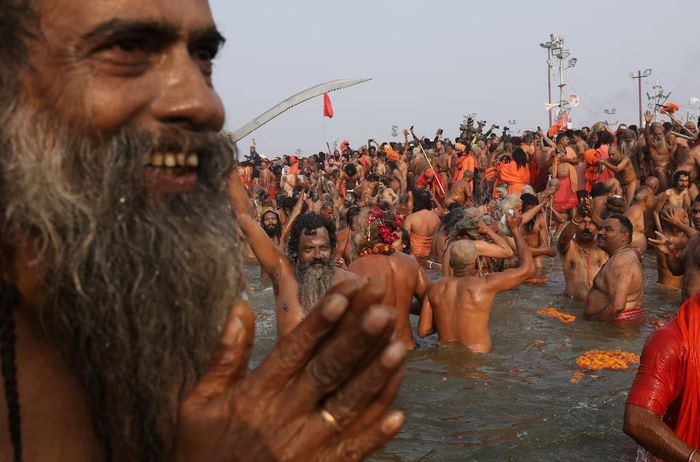Organizers estimate 350-400 million people will attend the Kumbh Mela Festival in India, more than the populations of the United States and Canada combined.

This year, the Kumbh Mela Festival will take place from January 13 to February 26 on the banks of the Prayagraj River in the northern Indian state of Uttar Pradesh - the confluence of the Ganges, Yamuna and legendary Sarasvati rivers.
Some 150,000 toilets have been built specifically for the six-week Hindi festival, not to mention a community kitchen system that has also been set up, which can serve up to 50,000 people at a time.
68,000 new LED light poles were erected, their light so bright it can be seen from space.

Local authorities and police have also set up a network of "lost property" centers and an accompanying phone app to help lost pilgrims find their belongings and loved ones.
This is not the first time Indians have witnessed a crowded festival or event. According to the Indian government, the "ardh" or "half Kumbh Mela" in 2019 attracted 240 million pilgrims.
Meanwhile, an estimated 1.8 million Muslims participate in the annual Hajj pilgrimage to Mecca in Saudi Arabia.

At the Kumbh Mela, the most iconic ritual is the mass bathing in the sacred rivers. From dawn, devotees take turns to dip themselves in the rivers, believing that the waters will wash away their sins, free them from the cycle of reincarnation and ultimately achieve salvation.
This year, the important dates of the festival include January 13 – the start of the festival which coincides with the full moon; January 29 (Mauni Amavasya) when the position of the stars is said to be ideal for purifying water. The celebrations culminate on February 26, Maha Shivaratri, the final holy bathing day.
TB (summary)